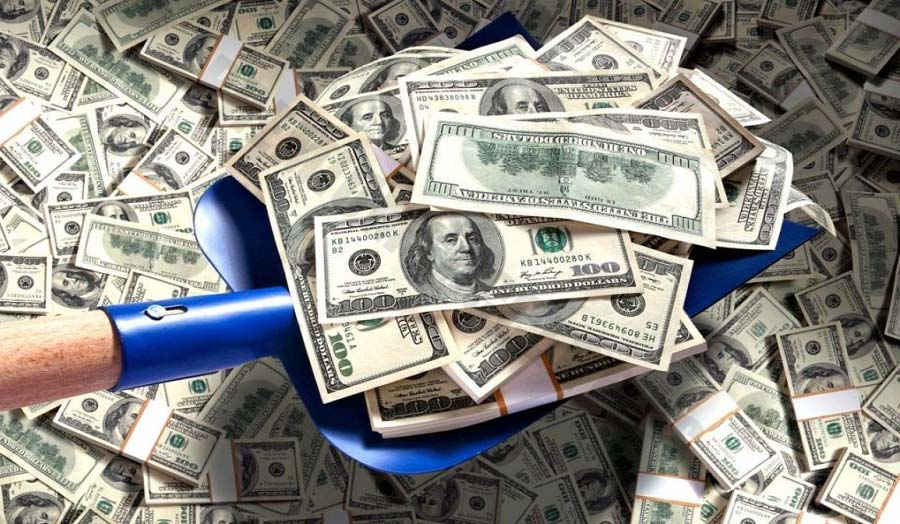What are negative odds? Highly effective betting strategy
In the world of sports betting, odds are an extremely important factor, helping players orient their decisions. In particular, negative odds are a popular concept, especially in sports where the participating team or individual is considered more favorite. However, not everyone clearly understands how to calculate and the true meaning of negative odds. To help you grasp the basic concepts and applications of negative odds, this article Premiumsoccertips.net will explain in detail how it works, its meaning as well as betting strategies related to this type of odds.
What are negative odds?
Negative odds are a type of moneyline odds, primarily used in the United States. They are represented by a minus sign (–) and represent the amount a bettor would have to bet to win $100. For example, if a bettor sees odds of -150, it means they would need to risk $150 to win a profit of $100. If the bet is successful, the total return would be $250 ($150 stake + $100 profit).

This is in contrast to positive odds, which indicate how much a bettor could win by betting $100. For example, odds of +200 mean that a $100 bet would result in a $200 profit. While positive odds indicate underdogs or less likely outcomes, minus odds relate to favorites – teams or outcomes that are considered more likely to occur.
Pros and cons of negative odds
Negative odds (also known as negative odds) are often used in betting types such as handicaps or odds in sports. Here are some of the pros and cons of minus odds:
Pros:
- Simple to calculate: Negative odds are usually easy to understand and calculate. For example, a minus odds of -150 means you have to bet 150 to win 100.
- Common in handicap betting: Bookmakers often use negative odds to represent the favorites or favorites in handicap betting, making it easier for players to recognize which team is the favorite.
- Easy for new players to understand: New players often find minus odds easy to get used to, as they do not require complex calculations.
Cons:
- Low returns: With negative odds, players need to bet a larger amount to win a smaller amount. This reduces the potential return.
- Bet big to win small: To be able to achieve a significant profit, players have to bet large amounts of money, which may not be suitable for those with limited budgets.
- High risk of betting big: If unsuccessful, players can lose a large amount of money because they have to bet more than they want to win.
Refer to bet football tips for beginners, helping you understand the types of bets and how to analyze information effectively.
Comparing Negative odds to positive odds
To better understand minus odds, it is useful to compare them to positive odds. Positive odds typically represent a team or individual that is less likely to win in the eyes of the bookmaker, but has the potential to yield a larger return for the bettor if they win.

For example, positive odds of +150 mean that you can win $150 for every $100 you bet on if the team or individual you bet on wins. Meanwhile, negative odds of -120 only allow you to win $100 for a $120 bet.
Compared to negative odds, positive odds offer a greater chance of profit, but come with a higher level of risk, as the team or player is viewed as the underdog in the eyes of the bookmaker.
Real-Life example of negative odds
To clarify how to calculate and use negative odds, we can apply it to a real-life example from sports matches:
- Football Match: Suppose in a match between Team A and Team B, the odds of Team A are -120 and the odds of Team B are +150.
- For Team A (odds -120): You need to bet $120 to win $100 in profit. If Team A wins, you will get back $220 ($120 stake + $100 profit).
- For Team B (odds +150): You only need to bet $100 and if Team B wins, you will get back $250 ($100 stake + $150 profit).
From this example, we can see that although Team A has a higher chance of winning (because of the negative odds), the profit will be less than betting on Team B.
Betting strategies and applications
When you are faced with negative odds, there are a few different betting strategies you can consider depending on your goals and preferences:

- Betting on the favorite: If you believe in the winning ability of a team or individual with negative odds, betting on them will have a higher probability of winning. However, you will need to bet a large amount of money to get a small profit.
- Weigh the value and risk: If you want a high chance of winning without spending too much money, negative odds can be a good option. However, make sure you have analyzed the level of favorability of the team or individual and are willing to accept a small profit.
- Consider when to bet: Negative odds can change depending on the situation of the match. If you see negative odds change (for example from -100 to -150), it may be a good opportunity to place a bet before the odds change further.
Conclusion
Negative odds are an indispensable concept in assessing the winning ability of teams or individuals participating in a sporting event. Although it brings a high probability of winning, this type of odds requires players to invest a larger amount of money to receive a smaller profit. Therefore, when deciding to bet on negative odds, players need to have a clear strategy, carefully analyze the surrounding factors and consider the level of risk. Understanding negative odds will help you make wiser decisions, thereby optimizing the chance of winning in each bet.
See more: List top 10 players scored by a defender








